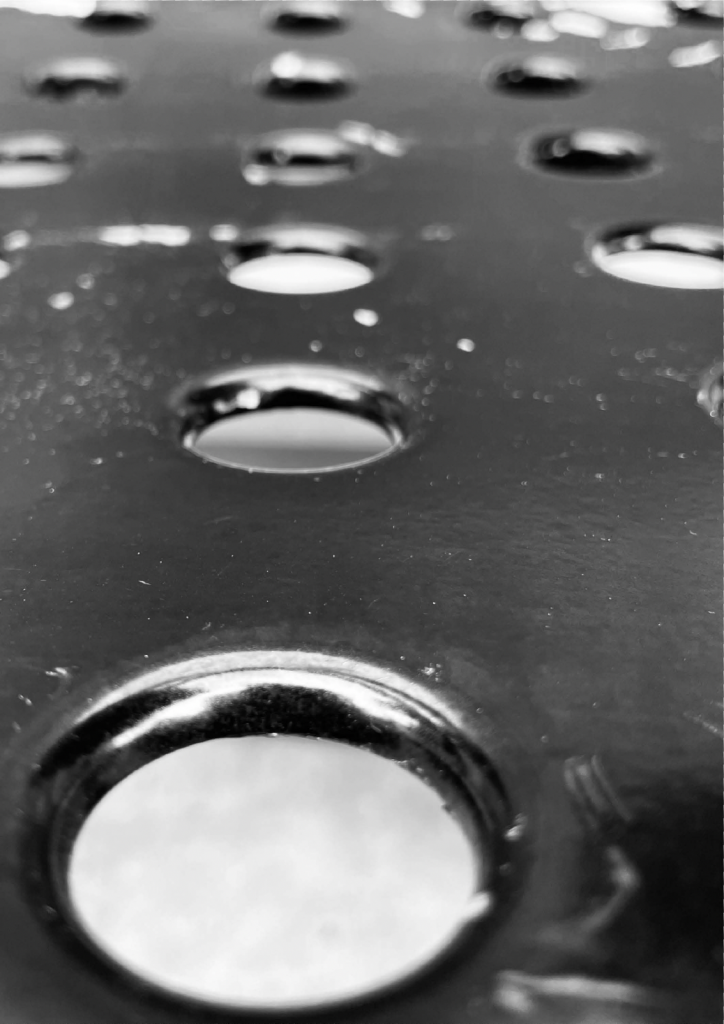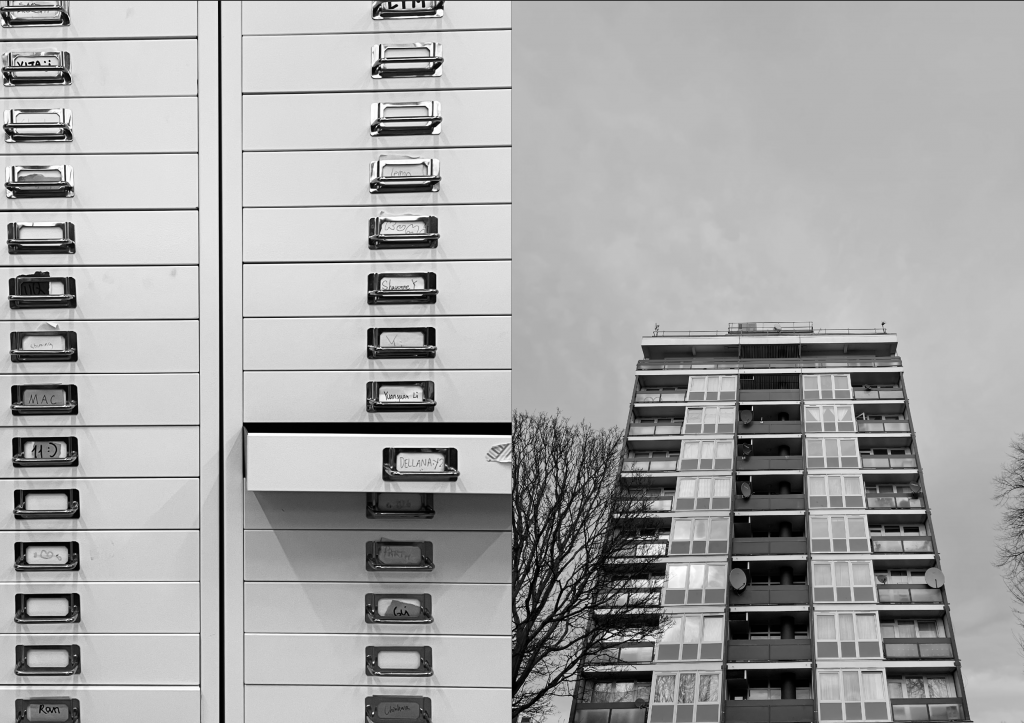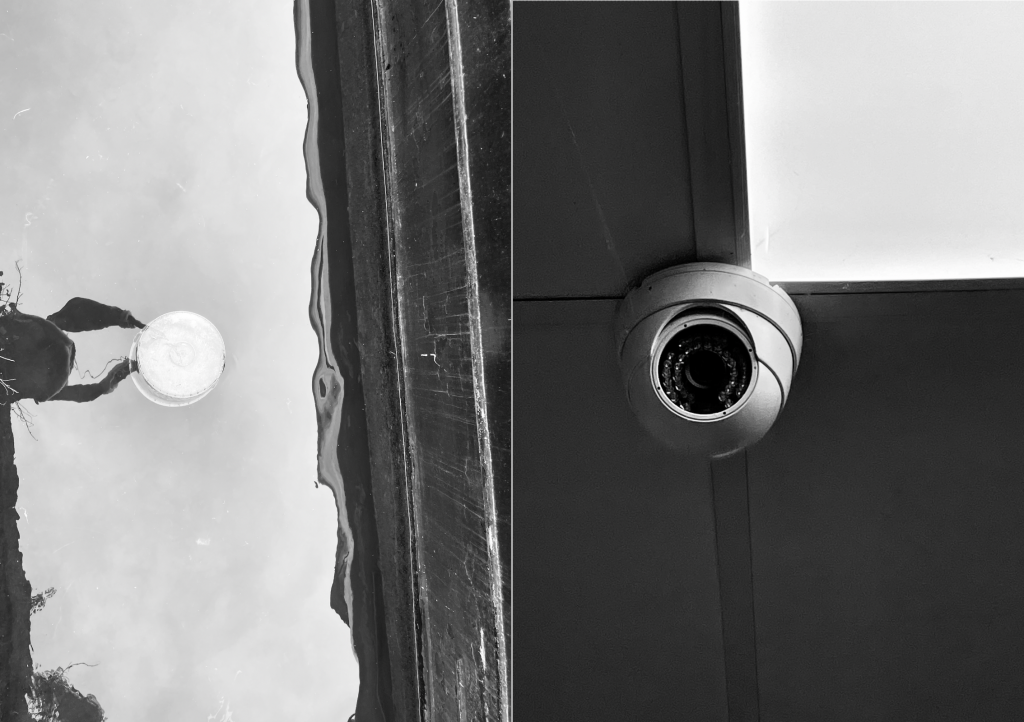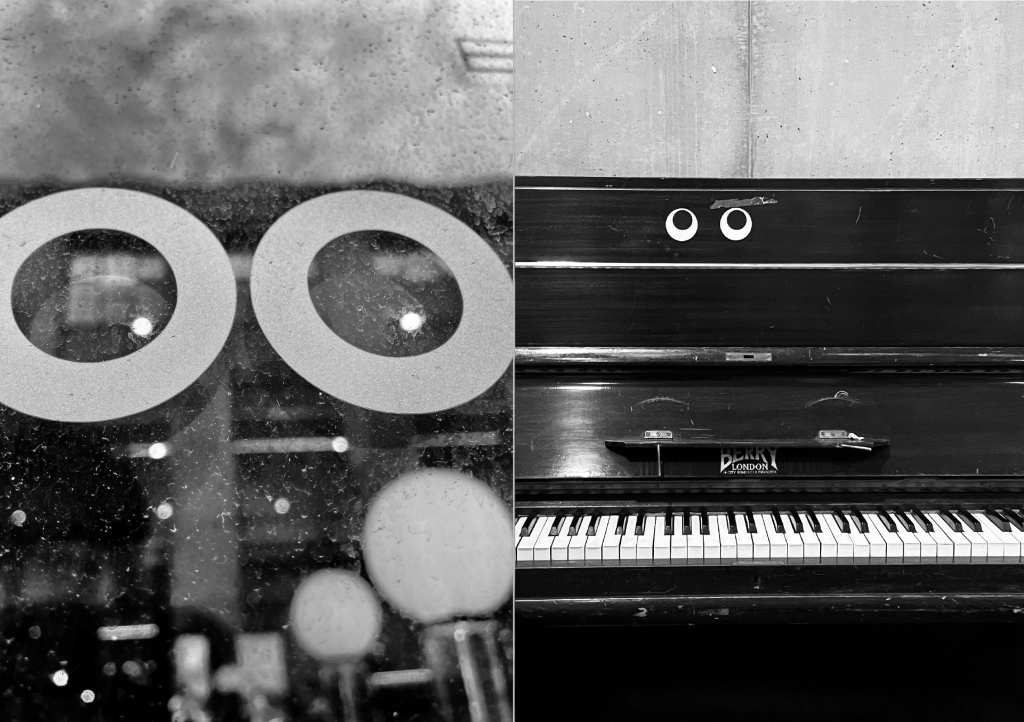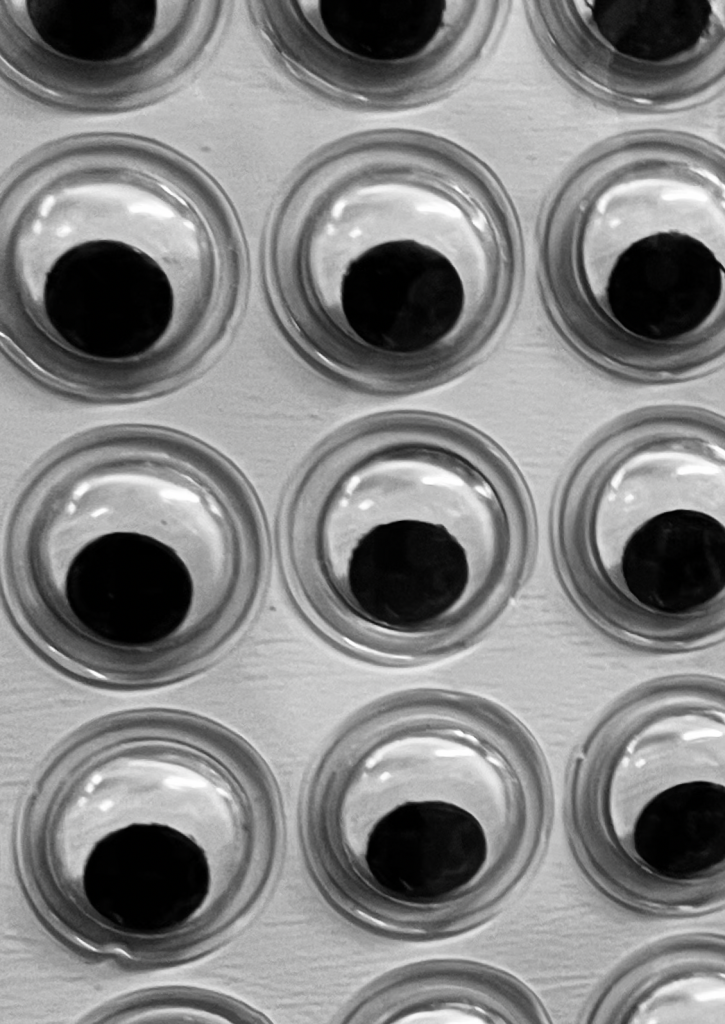During Michaela Zoppi’s Gestaltism workshop on February 2, 2024, I learned key reference points for laying out and assembling content, particularly photographs. The workshop focused on the method of photographing and contextualising the images created.
At first, we were introduced to the idea of Gestaltism. “Gestalt” is a German word, so I was immediately curious about the context in which this term would be used. As “Gestalt” is a word without literal translation into English, I translated it to the class as a word that tries to capture how something is created or formed in its tangible or intangible ways. An English synonym that would probably make the most sense would be “composition.”
Essentially, Gestalt Principles mean that there are existing rules of human perception that explain how we group similar elements, recognise patterns, and simplify complex images. Designers apply these principles all the time, for example, to rework the form of a medium, making it visually appealing.
During her introductory presentation, Michaela explained the different Gestalt principles that apply when we attempt to capture our environment through composition.
Proximity – Nearby objects seem familiar, suggesting a relationship even among strangers.
Closure – Our minds complete partial images, often used in optical illusions.
Similarity – Objects with similar characteristics appear as a unified group, regardless of their proximity.
Continuity – Lines that move in one direction are perceived to continue in that direction, even outside the visible area.
Segregation – Objects are more distinguishable when they contrast with their surroundings.
Prägnanz – Objects are organised in the simplest and most stable manner, leading to clear and compelling compositions.
Symmetry – Balancing visual elements equally on either side of a central axis, creating a harmonious and aesthetically pleasing composition.
Many Gestalt principles, such as symmetry, felt very familiar, and others seemed a little more challenging to identify, such as prägnaz. Differentiating between these principles was a really exciting exercise.
After the presentation, we were asked to choose one Gestalt principle to experiment with and create a sequence of 8 photos per person, which would be assembled into a collective publication, all sheets as one enquiry. We were encouraged to choose different motives and go outside CSM.
I ended up working with the Gestaltism principle of similarity. I liked the idea of using photography as a storytelling element to make quick changes from zooming in to zooming out of scenes, locations, and possibilities while maintaining a common thread.
In retrospect, I realised that that exercise (and photographing in black and white) helped me focus on one particular storytelling element, which changed how I viewed my surroundings. The moment I stepped outside the university building, I was on a treasure hunt for a beautiful, surprising, and witty image sequence that would reveal itself to me when I least expected it.
Assembling all the pictures, prioritising and choosing became far more challenging than expected. While every photo I took was taken intentionally, I still had to choose from an archive of nearly 100 pictures. Narrowing it down to only eight pages was crucial in training my perception and building compositions.
I loved our evolving group discussions about the technicalities and details of our publication and enjoyed facilitating democratic votes among the students. Eventually, we all chose our eight images, decided on one paper colour per Gestalt principle, and started printing the pages. There were many overlaps in the objects or locations that were photographed between students, but even more prominent or evident at some point was that it was nearly impossible to follow only one Gestalt principle rule, as very often, a few overlapped.
It was very rewarding to keep the collective publication as an artefact of this workshop. It does not always happen that a designer comes home with a tangible, collectively designed artefact of freshly accumulated knowledge.
In the following images, you will be able to see the outcome of my Gestaltism excursive:
